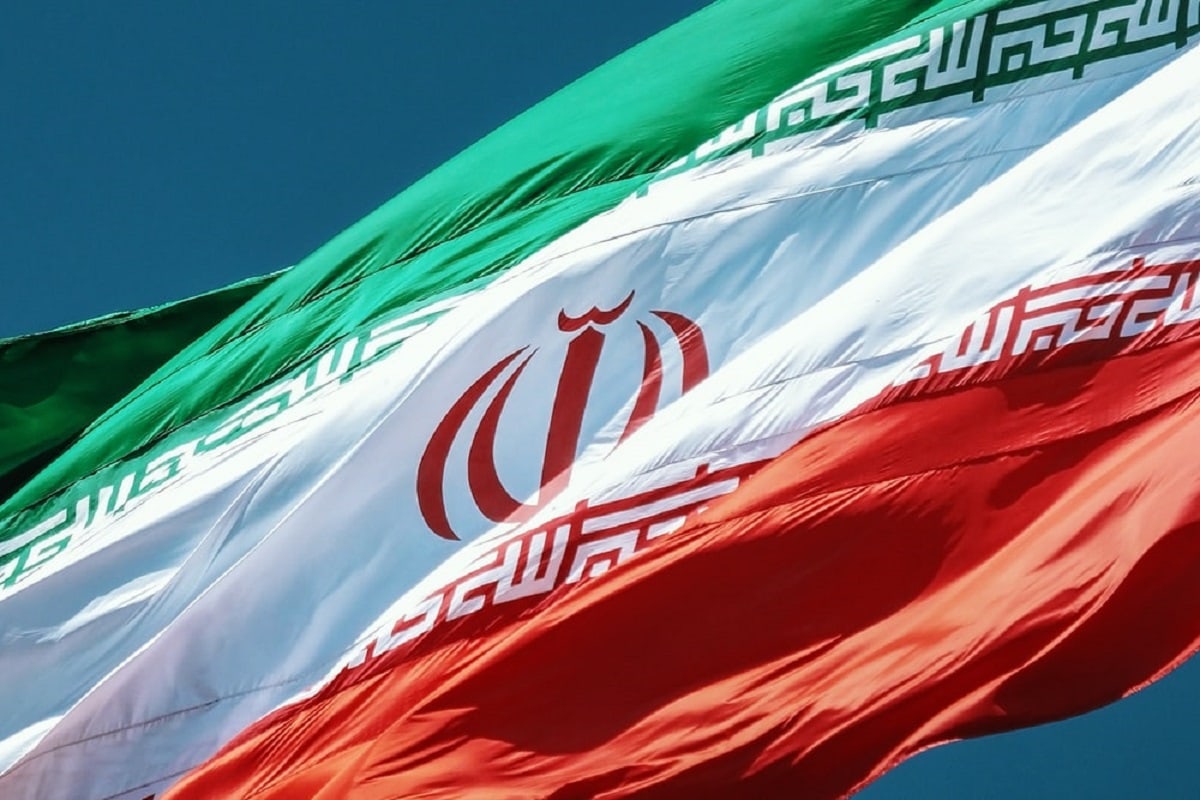Over the last few years, Lebanon’s perpetual state of economic turmoil has worsened due to a myriad of compounding factors. The 2020 Beirut port explosion, COVID-19 pandemic, and general political instability have all inflamed Lebanon’s already weakened structure.
Many of the barriers preventing Lebanon from surfacing as a functioning state can be traced back to the fifteen-year-long bloody war that entrenched the country decades earlier. To this day, the 1975 Lebanese civil war marks the most devastating period in the country’s history. The power vacuum created by the onset of conflict left Lebanon vulnerable to exploitative foreign actors, which remain at play today. While the regional and international context looks different than it did forty-plus years ago, Hezbollah’s malign presence in Beirut appears the same.
A History of the Civil War
On April 13, 1975, the Lebanese civil war erupted. Over the span of fifteen years, 150,000 Lebanese citizens were killed and hundreds of thousands more injured. Additionally, large swaths of Lebanese left the war-torn country, leading to an emigration crisis. The prolonged conflict was likely influenced by the large regional shifts the mid-twentieth century brought to the Middle East. Israel’s 1948 founding altered the fabric of the region and was followed by a surge of Pan-Arabism.
Next, the Arab League initiated the creation of the Palestine Liberation Organization (PLO). By the late 1960s, Lebanon’s government negotiated the presence of PLO forces inside the country’s Palestinian refugee camps, ultimately helping stir sectarian conflict.
Religious Conflict Fanned the Flames
Prior to the outbreak of war, Maronite Christians and Sunni Muslims comprised the majority of Lebanon’s population. However, Lebanon’s government was primarily run by Maronite Christian elites. In 1943, the Lebanese National Pact was erected, ensuring that the country’s president would be Maronite, the prime minister a Sunni Muslim, and the speaker of the parliament a Shiite Muslim.
By the 1960s, pan-Arabism contributed to the growing discontent of Lebanon’s Christian, pro-Western government. During the early years of the war, the PLO-supported Lebanese National Movement (LNM) emerged in opposition to the Phalanges Christian democratic political party.
A Growing Palestinian Population in Lebanon
The PLO’s arrival and growth in Lebanon perhaps represented the most significant time period for the organization. Following the 1967 Six-Day War, the number of areas in Lebanon made up of Palestinian exile communities grew rapidly. According to RAND, the Palestinian’s insistence on complete control over refugee camps in Lebanon “generated increasing friction” with the Lebanese population. Clashes over who was in charge between the Palestinians and Lebanese security and military led to armed incidents flaring up all over Lebanon, as the Palestinians were operating from refugee camps in the South, in and around Beirut, and in the North.”
By 1970, the PLO was fully kicked out of the Hashemite Kingdom of Jordan by King Hussein, following the conflict between the Jordanian Armed Forces and the PLO known as Black September. The group’s positioning in Lebanon made it easier to launch attacks targeting Israel across the border. As the PLO used Lebanon as a launching pad to conduct its armed struggle against Israel, the Jewish state in return carried out two invasions of its neighbor in 1978 and 1982.
Deep Divides Grew Within Lebanon
While sectarian tensions were escalating throughout the 60s and early 70s, two critical incidents would ignite Lebanon’s fifteen-year-long civil war. In 1975, a Phalangist gunman ambushed a bus filled with largely Palestinian riders, resulting in 27 deaths. This attack was reportedly a retaliatory measure taken by the Phalangists, who claimed Palestinians had attacked a Christian church earlier.
The increasing sectarian violence coupled with Israel’s invasion of Lebanon led the international community to intervene. By 1982, a Western peacekeeping coalition dubbed the Multinational Force was established. Comprised of the U.S., Italy, the United Kingdom, and France, the international coalition aimed to oversee the peaceful withdrawal of the PLO from Lebanon. However, a series of factors led to the coalition’s ignominious withdrawal shortly after its arrival, including the 1983 Beirut barracks bombings that killed 241 U.S and 58 French military personnel.
The chaos mounting in Lebanon in the early 1980s, due to sectarian violence, international failures, and the emergence of terror groups, set the stage for the war’s arguably most significant consequence: Iran’s grip on Lebanon.
During the war, an awakening of Shiite activism was largely exploited by the Iranian Revolutionary Guard Corps (IRGC). Justified by its mantra of fighting the “Zionist” occupation, the IRGC provided monetary assistance, training, and weaponry to Lebanon’s Shiite militias. Ultimately, Hezbollah “The Party of God,” assumed its role as a national resistance movement in Lebanon, eventually penetrating all aspects of society. Currently, Hezbollah’s grasp on Lebanon extends to the shadow economy it controls and political groups and other entities it dominates.
Last year, Saudi Arabia and its Gulf neighbors expelled Lebanese envoys following a diplomatic crisis, upending Lebanon’s perpetually struggling economy. According to Reuters, Saudi Prince Faisal bin Farhan Al Saud said it is critical that “the government in Lebanon or the Lebanese establishment forges a path forward that frees Lebanon from the current political construct, which reinforces the dominance of Hezbollah.”
He added that Hezbollah’s position in the country” is weakening state institutions within Lebanon, in a way that makes Lebanon continue to process in a direction against the interests of the people of Lebanon.”
The economic turmoil plaguing Lebanon is intrinsically tied to Hezbollah’s activity in the country. According to a report issued by the Foundation for the Defense of Democracies in 2021, Hezbollah seizes between $500 million and $1 billion annually from Lebanon’s economy. As long as the Party of God functions in Lebanon, the long-term consequences of the country’s civil war will likely persist.
Maya Carlin is a Middle East Defense Editor with 19FortyFive. She is also an analyst with the Center for Security Policy and a former Anna Sobol Levy Fellow at IDC Herzliya in Israel. She has by-lines in many publications, including The National Interest, Jerusalem Post, and Times of Israel.

